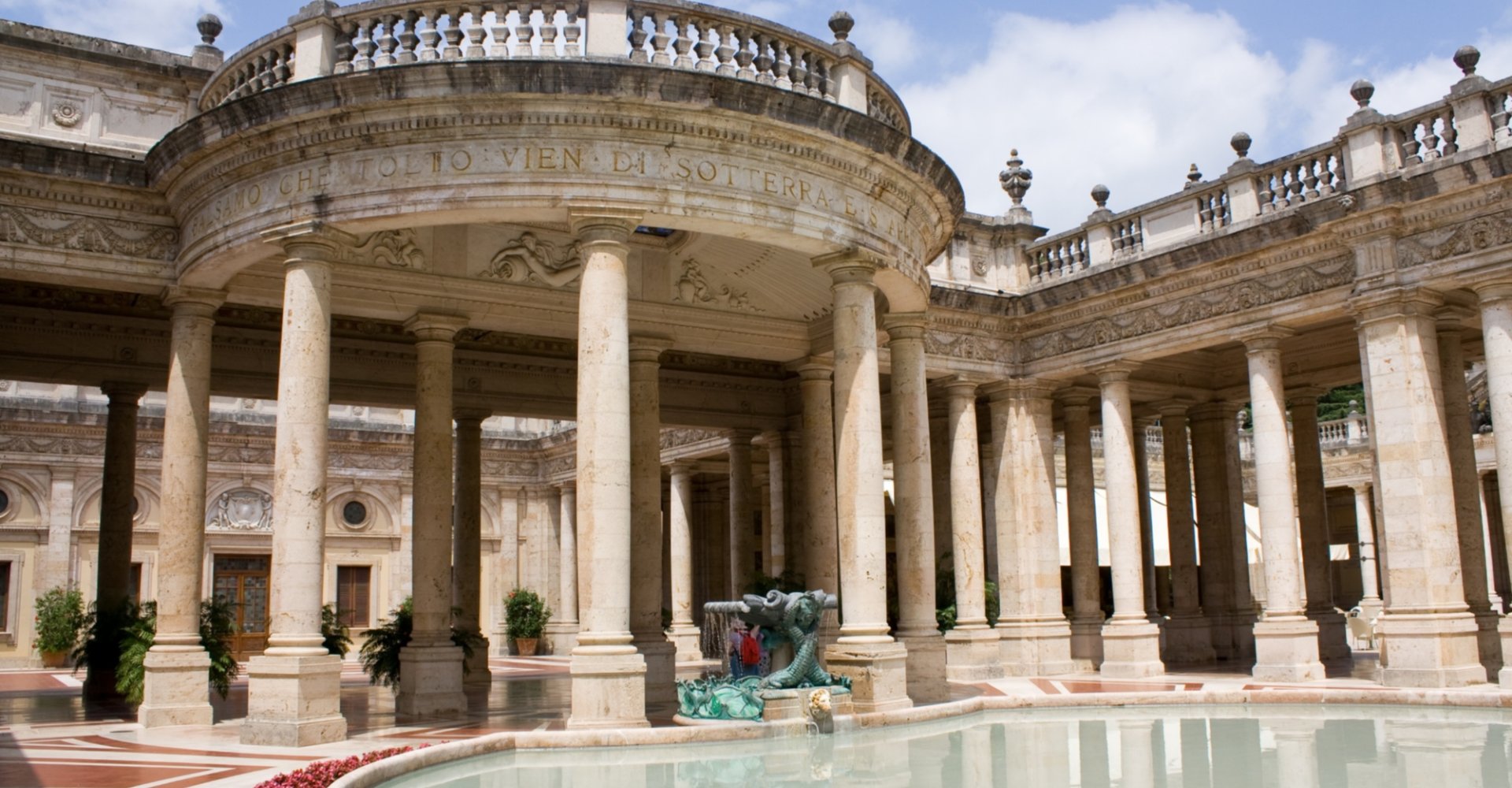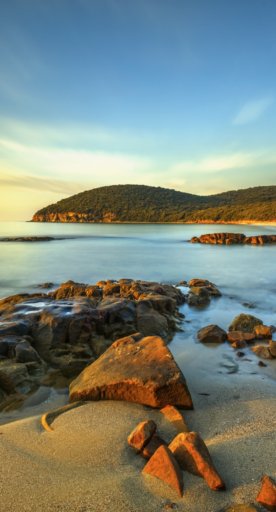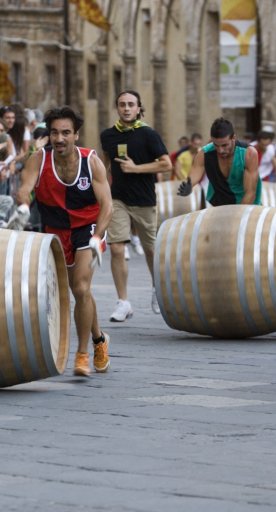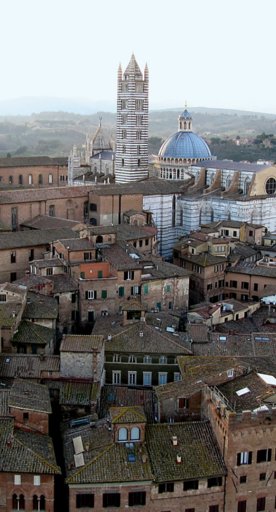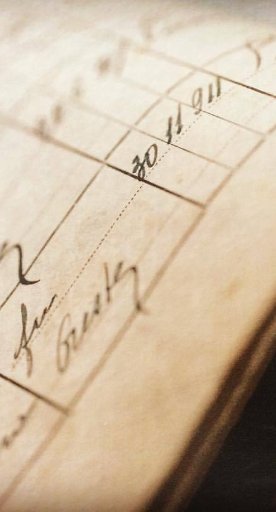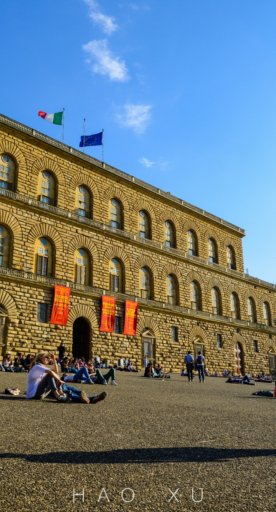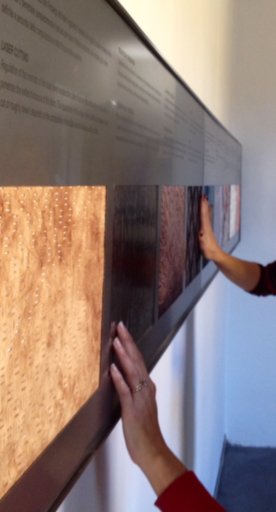Art Nouveau in Tuscany
A journey through architecture and history to discover Art Nouveau jewels
Among the various artistic movements that characterized the 19th century and the beginning of the 20th century, Liberty also arrives in Italy, after having appeared in the European scene, albeit with different names - from Art Nouveau to Modern Style.
This current ranges from architecture to art, from furniture to graphics and illustration.
Tuscany, a land that has always been fertile for artistic experimentation and innovation, is no stranger to the cultural ferments of the period and adheres to the new Art Nouveau style, giving life to real artistic jewels that are still of great interest today.
From 1880 to 1930, but with particular intensity in the first two decades of the 20th century, in Florence and Lucca, this style is found above all in private houses, while Viareggio and Montecatini Terme host in the main streets numerous examples of Art Nouveau, from spas to hotels.
Let's discover together a different itinerary to admire these masterpieces of the 20th century.
-
1.Florence
-
2.Lucca
-
3.Versilia
-
4.Montecatini Terme
Florence

In Florence you can find numerous examples of Art Nouveau architecture, mainly concentrated in the areas developed in the 19th century: thanks to the urban expansion started during the short period in which the city was a capital, architects such as Giovanni Michelazzi proposed the Art Nouveau style in the residences of the bourgeoisie of the time.
In the heart of the historical center the new style struggled to impose itself, but a first authentic example of Liberty is certainly the Palace Pola e Todescan in Via Brunelleschi, dated 1903. In addition to the ceramics, the elegant male and female heads that adorn the façade of the building, designed by the architect Giovanni Paciarelli with the collaboration of Michelazzi, are also worth mentioning.
In Borgo Ognissanti, almost overlooking the square of the same name, there is the famous House Gallery Vichi, an amazing building that stands out among other buildings. Architect Giovanni Michelazzi designed it in 1911: in addition to the absolutely original shape and decoration, the house gallery is interesting for the use of artificial travertine, which is very similar to the natural travertine used in the nearby Church of Ognissanti.
Starting from Santa Maria Novella Station towards Viale Milton, we find the very special Russian Orthodox Church, built from 1899 to 1903 on a project by the Russian architect Michele Preobrangensky and built by the Florentines Boccini and Paciarelli.
Continuing towards Piazza della Libertà, you reach the Horticulture Garden where you can still admire the tepidarium - a glass greenhouse - built on the occasion of the first National Horticulture Exhibition in 1880, designed by Giacomo Roster.
In Piazza d’Azeglio, Villino Uzielli stands out for its façade decorated with refined motifs.
In Piazza Beccaria and its vicinity, there are numerous Art Nouveau buildings, such as the Villino Brogi Caraceni and the Villino Ravazzini in Via Scipione Ammirato, both by Michelazzi.
In Via Orcagna, House Antonini offers original decorations in the balcony, façade and gate and in the nearby Via del Ghirlandaio there is the study house of Galileo Chini, one of the main exponents of Art Nouveau at national level, with a façade decorated in Klimtian style, high reliefs and other interesting ornaments.
Lucca

Lucca, one of Tuscany's most beloved cities, offers stunning Art Nouveau creations that reflect the proud aristocracy of the small Republic of Lucca.
Outside the city walls, wide streets surround the historical center: towards the railway station - on Viale Giosuè Carducci - there are four simple terraced houses decorated with polychrome plates depicting storks.
Continuing on is Villa Sarti, the most interesting building in the area with numerous majolica decorations made in Galileo Chini’s manufactory.
Also on the avenue is Palace Giurlani, designed in 1925 by Alfredo Belluomini, an architect and engineer best known for his work in the city of Viareggio.
On Borgo Giannotti stands the Palace Bertolli Ponzi - built in 1925 on a project by architect Gaetano Orzali - a building that dominates the square of Porta Santa Maria with its majesty.
Versilia

With its long golden sandy beaches and cool pine forests overlooking the coast, Versilia has been, since the early 20th century, the favorite vacation destination of aristocracy.
Along the seaside promenade of Viareggio you can admire various architectural examples of the time, from those of Belluomini - who built the Supercinema, the Magazzini Duilio and the entrance to the Bagno Balena - to projects carried out together with Galileo Chini, such as the Gran Caffè Margherita and the Grand Hotel Excelsior.
Chini, who had lived in Bangkok, gave an important contribution by adding an oriental touch to the rooms and walls of the city's already luxurious palaces. Today, many of these buildings host luxury hotels but still keep vintage details intact.
In Lido Di Camaiore we find the holiday home of Galileo Chini in perfect Art Nouveau style, with the original paintings and frescoes preserved in a picture gallery dedicated to the painter.
Montecatini Terme

In the spa town of Montecatini Terme the bathing infrastructures, and not only, adapt to the movement that had made the spa places a real laboratory of architecture and decoration.
Among the prominent names, those of Giulio Bernardin – who realized the Tamerici Pavilion in 1903 with decorations by Galileo Chini and Domenico Trentacoste, but also the Locanda Maggiore, the arcades of the Gambrinus and the Terme Excelsior.
Luigi Righetti built the Town Hall in 1920, with interiors by Galileo Chini and Luigi Arcangeli.
And again, Ugo Giovannozzi is the designer of Terme Regina and deals with the renovation of Tettuccio which, by virtue of the rich ornamental apparatus - frescoes, ceramics and decorations - is considered a real thermal temple.
